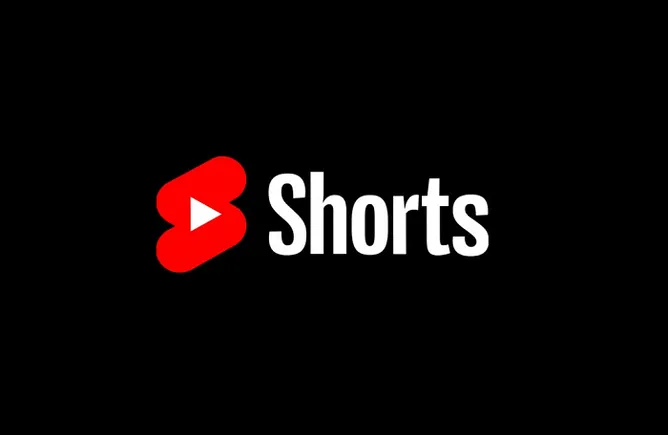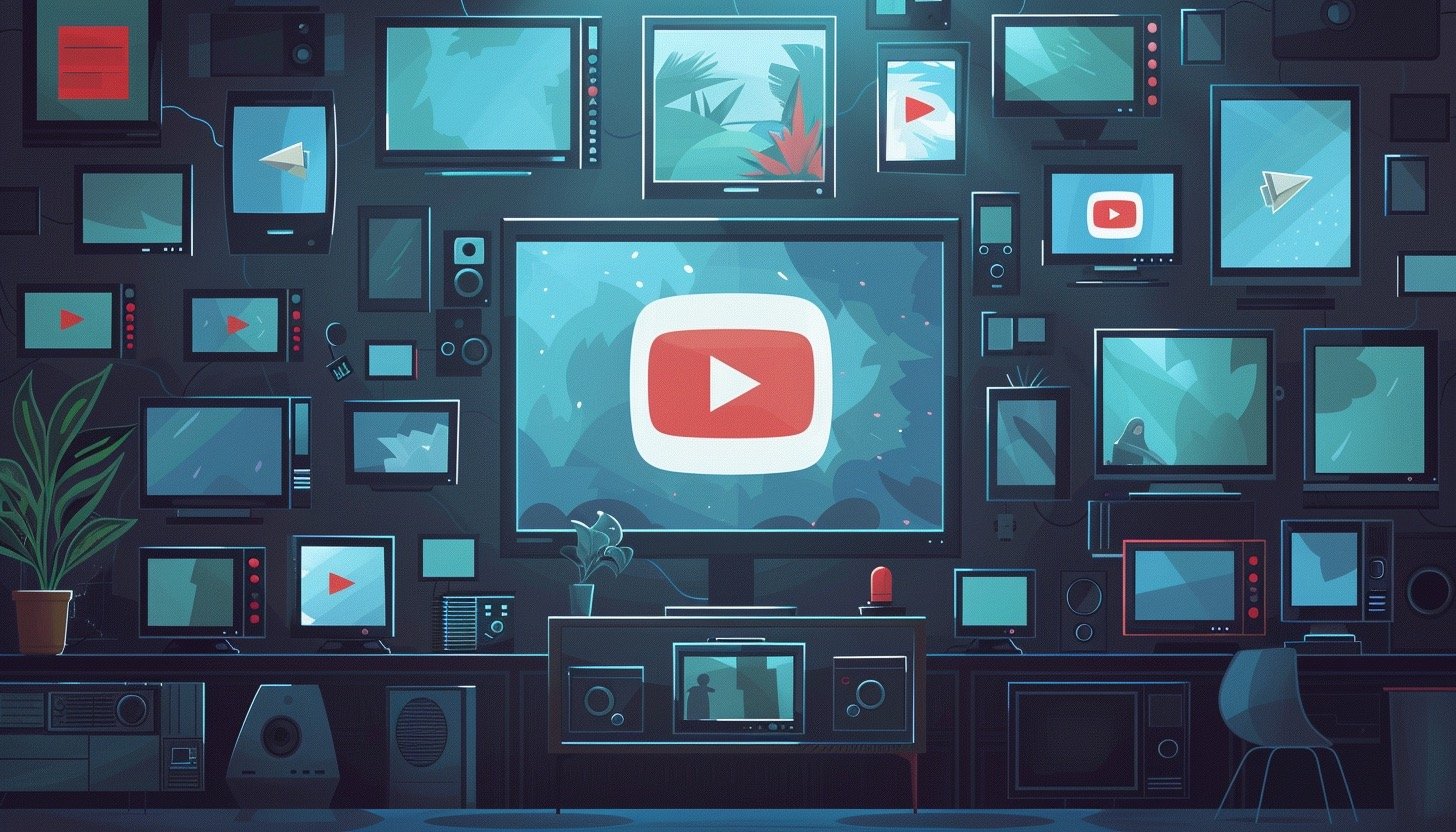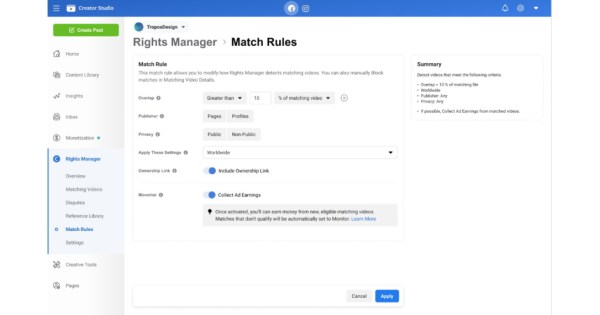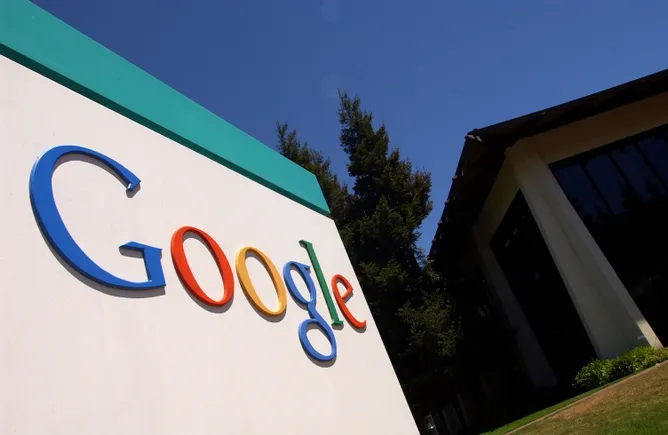You started a YouTube channel and monetized it. But it’s not raking in the revenue you thought it would. What’s going wrong? Are your videos too boring? Or maybe the titles aren’t catchy enough. Sure, these are solid reasons to deter clicks, but other underlying issues may be the culprit.
YouTubers receive revenue from advertisers in the Google Display and Video network. So if you’re not happy with your profits, it may be because of a low CPM.
Not sure what this is or why it’s important? Stick around to find out the average CPM and how to calculate it.
What is CPM on YouTube?
CPM, or cost per mille, shows how much advertisers pay content creators per 1,000 views (and/or clicks). For instance, if you get 200,000 views and have a CPM that’s $10.50, the video’s total revenue is $2,100. Not too shabby.
But this is your earnings before revenue share.
Unfortunately, YouTubers don’t get to pocket it all—otherwise, how would the world’s second-most-popular search engine get paid? YouTube takes a whopping 45% cut, leaving your actual income at $1,155. Oh, and Uncle Sam takes a portion of that as well.
Then throw on top that all views aren’t “monetized.” So you may not receive payment for every pair of eyeballs watching your channel. In some cases, this leaves out tens of thousands of views from the calculation.
Why does this happen? Because some views are repeat views. And others don’t count if they didn’t watch for at least 30 seconds. The goal is to ensure you’re getting real watchers (not bots) who actually consume your content (not just a quick click).
Fair enough.
If you want to see your YouTube CPM, go to your YouTube Studio dashboard. Then click analytics to view your estimated monetized playbacks.
CPM vs. RPM: Understanding YouTube Metrics
When managing your YouTube channel’s monetization, it’s essential to understand the two key metrics: CPM and RPM.
CPM (Cost Per Mille)
CPM is the cost per 1,000 ad impressions before YouTube’s revenue share is deducted. It is an advertiser-focused metric, including revenue from ads and YouTube Premium. CPM only accounts for views on monetized videos where ads were shown, representing earnings before YouTube’s cut.
RPM (Revenue Per Mille)
RPM, on the other hand, reflects your actual revenue per 1,000 views after YouTube’s share is taken out. It’s a creator-focused metric that encompasses total revenue from various sources reported in YouTube Analytics, such as ads, YouTube Premium, Channel Memberships, Super Chat, and Super Stickers. RPM includes views from all your videos, not just the monetized ones, and shows the actual revenue earned after YouTube’s share.
Why is CPM important?
Well, every content creator on YouTube wants to earn a livable income. So on that front—CPM is super important. It’s the cut you get from what advertisers pay the YouTube network. The more they pay for an ad, the more you earn.
Ads with high cost-per-click appear on high-value videos. So if you want to know if your video content is considered “valuable,” then look at your CPM.
If most of your ads pay a few cents per 1,000 views, then it’s time to upgrade your channel. And if your ads receive high dollar amounts, then count your blessings. Just remember, the CPM isn’t what you get, it’s what the advertiser pays YouTube. You only get a 55% revenue share.
What is the average YouTube CPM?
This varies from day to day and year to year. It depends on the keywords the advertiser targets and its cost. So you’ll have some paying only .50 per 1,000 video views, while others $10 or more. There are many factors that play into CPM rates, including where you live.
According to a post by Blogger Nexus, 0.38 CPM is average for the U.S. While 4.38 CPM is the average in Spain. The country with the highest average at the time was Mauritius at 7.05 CPM.
Other factors that affect your CPM include:
The length of your video
Your industry
The size of your channel
So it’s critical to pick a good niche and work hard to grow your subscribers as quickly (and ethically) as possible.
Which industries have the highest CPM?
The riches are in the niches they say, and it’s absolutely true. When you analyze the average CPM per industry, you’ll see it pays to be in certain industries.
Here’s a look at the top 10 highest-paid YouTube niches based on a study by SMBillion:
Affiliate marketing
Investing
Dropshipping
Content creation
Personal finance
VPN content
Amazon affiliates
Website hosting
Tech reviews
Web development
Other research from VPBlogger shows CPM rates can reach as high as $50 for niches like email marketing and insurance.
What causes YouTube CPM to change?
Your YouTube CPM can change based on several factors, such as:
The time of year (if it’s Black Friday, expect higher CPMs)
Viewer’s location (advertisers can target viewers by location)
Shifting ad formats (video formats pay higher than static Display ads)
If you notice your CPM dropping, maybe it’s a hike in views from a different geographic location. When this happens, the ads appearing will change, which may have lower CPM rates.
So monitor these elements to pinpoint what the culprit may be. This way, you can change your YouTube SEO strategy and content topics to boost your CPM.
What can hurt your CPM on YouTube?
Being non-advertiser-friendly is the quickest way to hurt your CPM on YouTube. What does this mean? Creating content that’s offensive, spreads fake news, discusses sensitive political topics, or uses profane language and images.
So the goal: keep your YouTube channel family-friendly. Also, stay on top of YouTube’s policies to ensure you’re not breaking any rules. For example, their new anti-bullying and hate speech policy refrains content creators from using certain words and phrases. Use them and risk having your channel demonetized or even banned.
But these aren’t the only reasons your CPM can reduce—here are several other factors.
Your audience’s age
Advertisers like to target folks with money. And it just so happens that older groups earn more and spend more than younger folks. Based on a report by SmartAsset, the average annual salary by age group is:
16-19: $32,240
20-24: $38,012
25-34: $54,080
35-44: $65,676
45-54: $66,144
55-64: $63,544
65+: $58,656
So clearly, the breadwinners are somewhere between 35 and 64. Based on these facts, creating content geared towards Millennials and Gen X may put your videos in favor of higher-paying ads.
Your geographic location (as listed on your YouTube Channel)
Where you live matters for your CPM. Why? Because the videos you create will be shown in your country. And if you live in a place like India, where the disposable income is less, then your CPMs will be lower.
It makes little sense for advertisers to promote expensive products to consumers who can’t afford them.
Seasonal changes affecting your niche
Some industries are evergreen—others are seasonal. For instance, technology is popular throughout the year, but not like during the holiday season.
You may see similar fluctuations in fitness, where there’s an uptick after the holidays (those darned New Year’s resolutions).
How “clean” your videos are for consumption
Guns. Violence. Nudity. And other obscenities can hurt your chances of getting approved for advertisements. Without advertiser-friendly content, you’ll forgo your chances of earning revenue on the platform.
Advertisers want to market their goods on channels that are “safe” and “clean.” Think along the lines of PG-13 or better.
You make content for children
And great for you! It’s awesome to make kid-friendly content that’s educational and fun. But it won’t put a ton of money in your pockets. At least, not since the Children’s Online Privacy Act fined YouTube $170 million.
Under this Act, it’s illegal to collect personal interest information about children (13 and under). This means less ad revenue. Why? Because ad targeting is non-existent and made-for-kids videos show fewer ads.
So few, if any, advertisers are willing to pay top dollar to showcase ads on these channels.
How to calculate YouTube CPM
It’s simple to calculate YouTube CPM. Here’s a formula:
(Total payment for the ad) / (Total number of views) x 1,000 = CPM
Here’s an example:
$100 / 50,000 views = 0.002 x 1,000 = $2 CPM
So each ad pays $2 per 1,000 views.
If you’re curious about how much you might earn on YouTube, then try Influencer Marketing Hub’s YouTube Money Calculator.
Build a YouTube channel fit for advertising revenue
For many content creators, YouTube is a passion. But it’s also a potentially lucrative revenue source. So if you’re looking to grow your viewership (and profits), then monitor your CPM. This dictates what’s working and what’s not.
Analyze the performance of your YouTube content—video views and revenue—to determine what topics and audiences to target. In most cases, if you can drive in lots of traffic, then the advertisers will follow. So always put your audience first (and YouTube’s algorithm second).
Frequently Asked Questions
Can you supplement your YouTube CPM?
Yes, you can supplement your YouTube CPM, and it’s recommended. Having alternate revenue streams is vital to earning more as a digital content creator. Consider promoting products (e.g., affiliate marketing or your own goods) and services. Or even getting sponsorships from relevant businesses.
What’s the difference between RPM and CPM?
RPM, or revenue per thousand impressions, is the amount you earn from YouTube advertisers (after YouTube takes its 45% cut). CPM, cost per thousand impressions, is the total advertisers pay (between the content creator and YouTube).
Why is my RPM lower than my CPM?
Your RPM is lower than CPM because it calculates how much you earn after YouTube’s fees are deducted.
How can I boost my RPM?
You can increase your revenue per thousand impressions by improving your video content. The better the topics, quality, and relevance to your audience, the bigger your channel will grow. And as this happens, it’ll attract better-paying advertisers. Just keep your videos advertiser-friendly and avoid targeting children.
About the Author
Writer
Saphia Lanier combines her talents as a marketer, journalist, and strategist to create impactful content for B2B SaaS brands. With 15 years of experience in digital marketing and writing for magazines and newspapers, she specializes in developing long-form content that educates, entertains, and prompts action. Saphia partners with leading brands in MarTech, eCommerce, Fintech, HR Tech, AI & ML, and has worked with notable names like HubSpot, Zapier, and Shopify.









